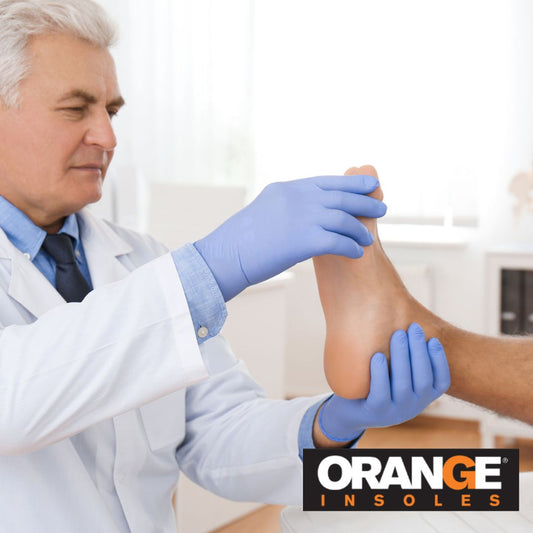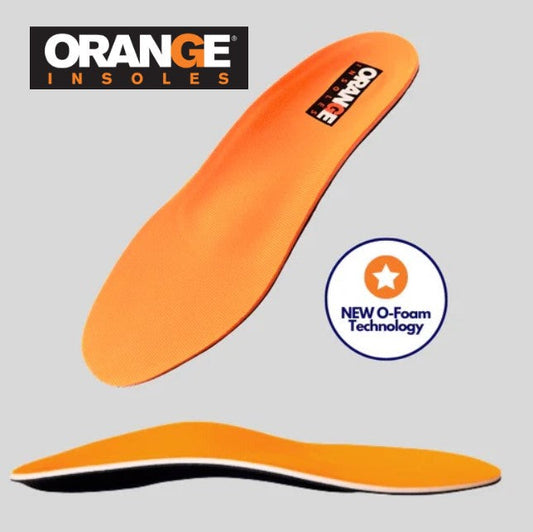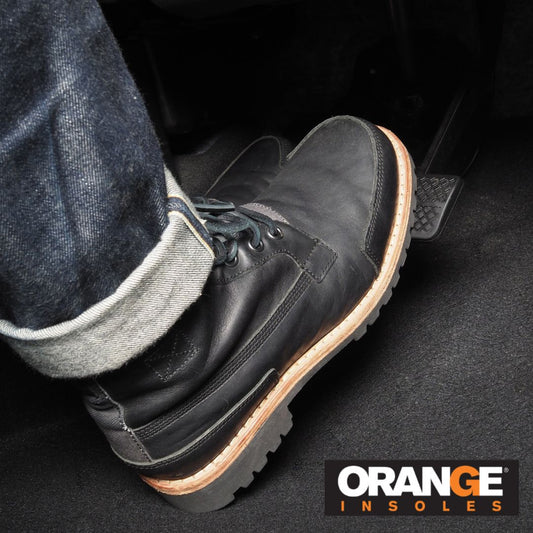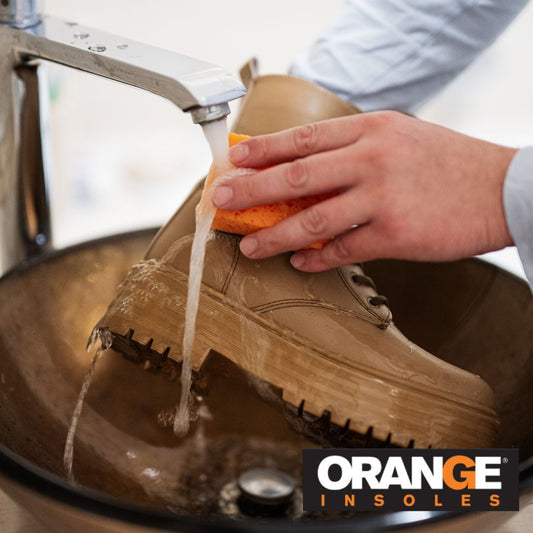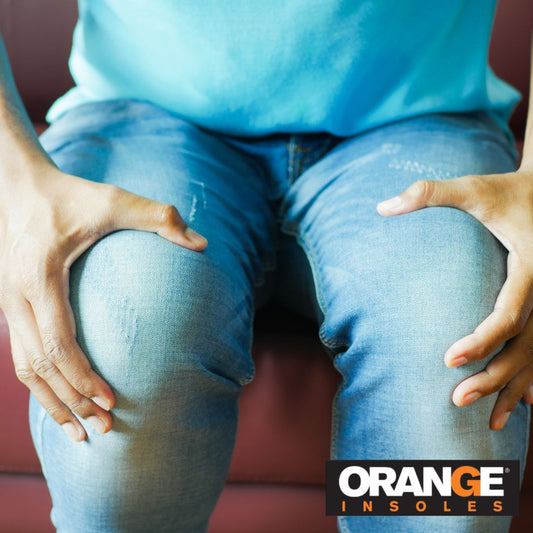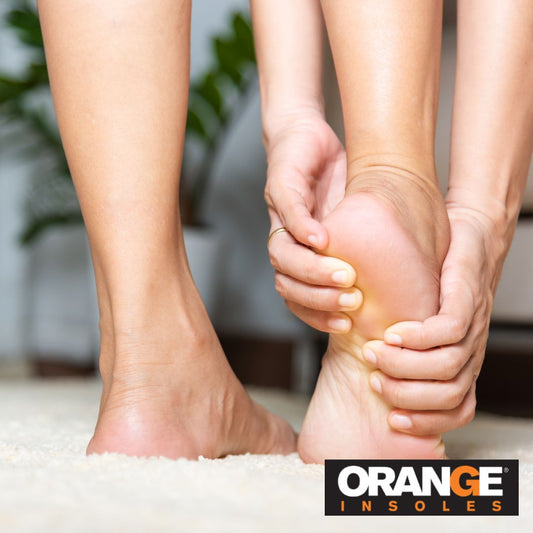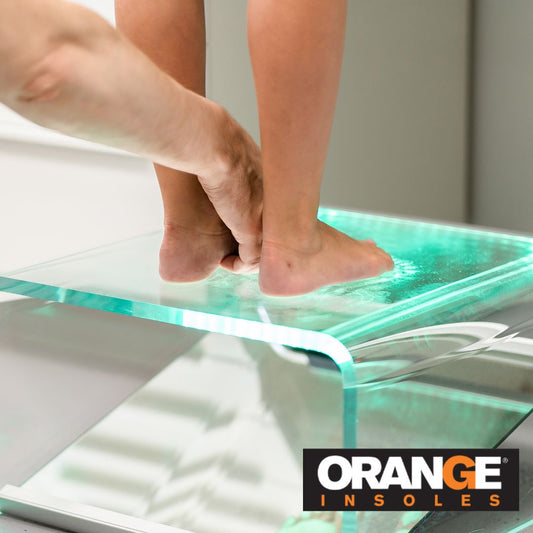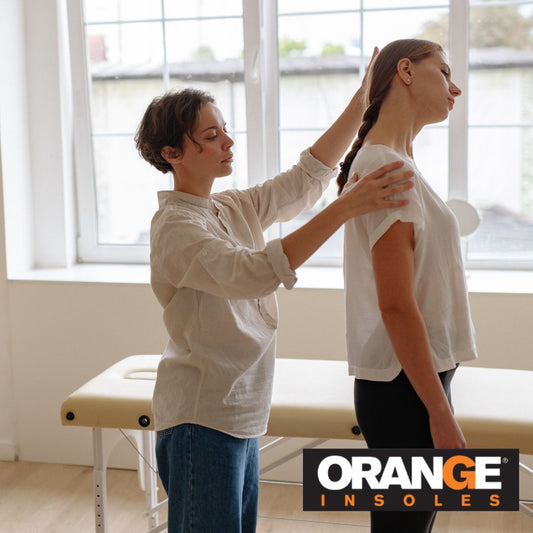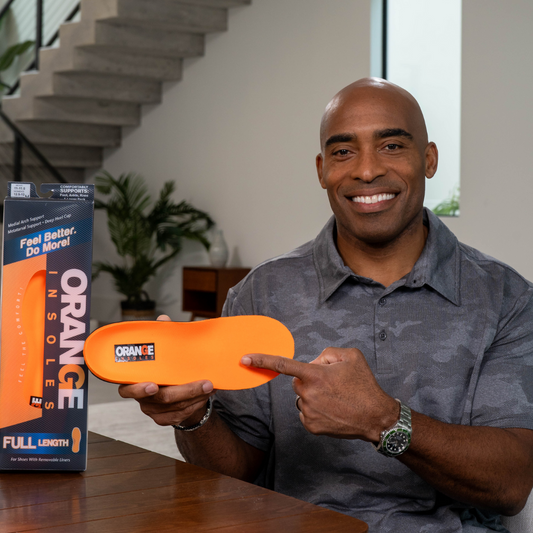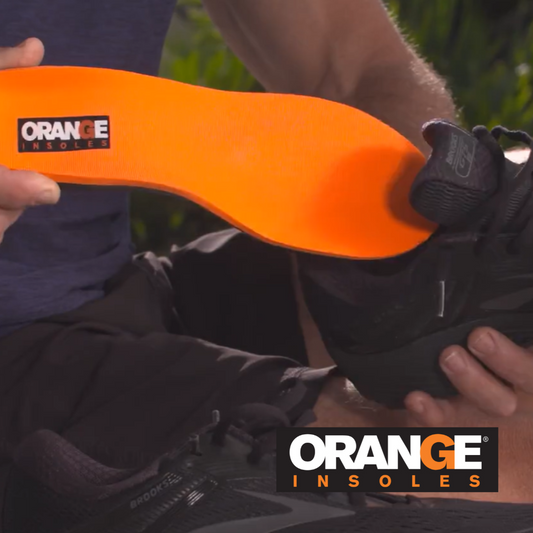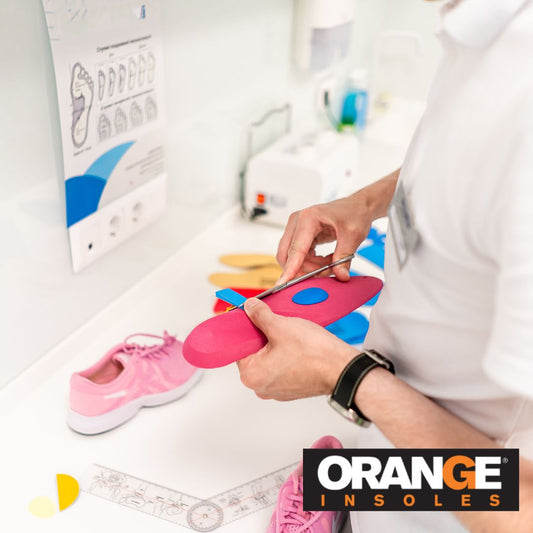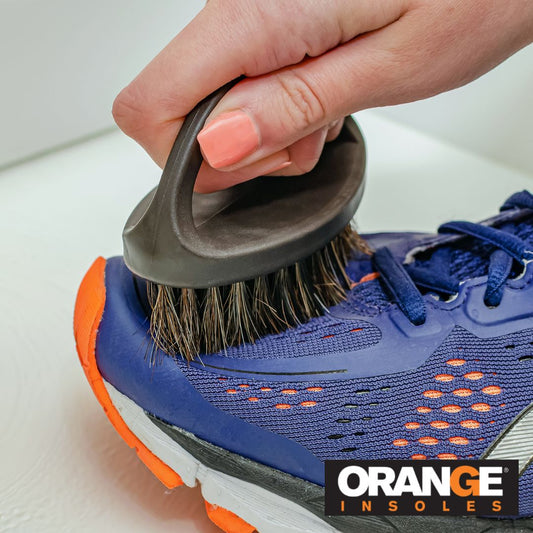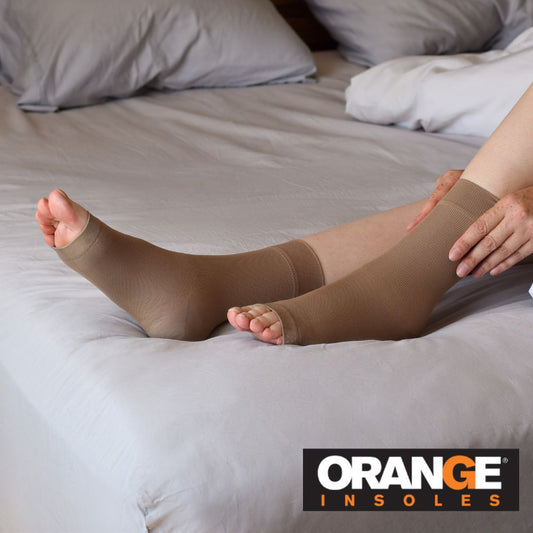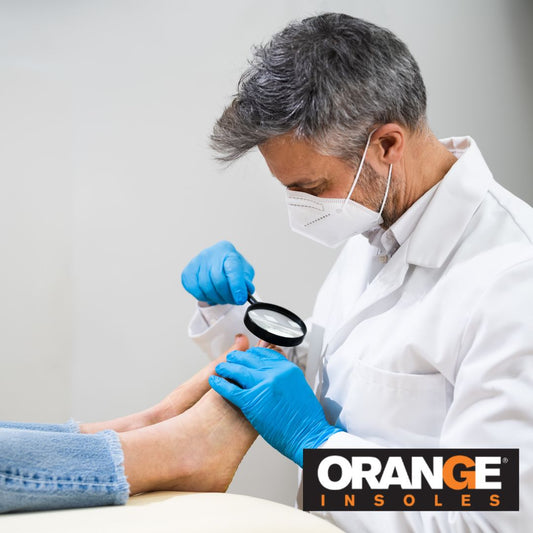The plantar fascia is a thick band of tissue that runs along the bottom of the foot, connecting the heel bone to the toes. It's an important part of the foot as it acts as a shock absorber and supports the arch of the foot. If that band gets strained, the strain can cause micro tears or inflammation leading to pain and a condition called Plantar fasciitis.
The main symptom of plantar fasciitis is heel pain so if you're experiencing this, check out these treatments so you can start healing!
Treatments for Plantar Fasciitis
Rest and Activity Modification:
One of the best and most important things you can do for your plantar fasciitis is to take it easy on the tissue. This can mean staying off of your feet or changing up the activity that caused the activity in the first place. Resting will help reduce inflammation and minimize pain.
Limit high impact activities that put pressure or shock on the area, especially if it was the activity that caused the injury in the first place. If you want to stay active but minimize impact, try low-impact activities like swimming or cycling.
Stretching:
Stretching the plantar fascia and calf muscles can help relieve tension and improve flexibility.
If you're experiencing calf pain, try these stretches. Make sure to consult a doctor if the pain persists or worsens.
Calf Stretch:
- Face a wall with your hands on the wall at shoulder height.
- Step back with one leg, keeping it straight, and place the heel of that foot on the ground.
- Keep your back leg straight and your heel on the ground.
- Lean forward slowly until you feel a stretch in your calf.
- Hold the stretch for 30 seconds and then switch legs. Repeat this stretch several times on each leg.
Toe Stretch:
- Sit on a chair and cross one foot over the opposite knee.
- Grab your toes and gently pull them back until you feel a stretch in the bottom of your foot.
- Hold the stretch for 30 seconds and then switch sides. Repeat several times on each foot.
Achilles Tendon Stretch:
- Stand facing a wall and place your hands on the wall at shoulder height.
- Step back with one leg, keeping it straight, and bend the front knee.
- Lean toward the wall, keeping your back leg straight and your heel on the ground. You should feel a stretch in your Achilles tendon and calf.
- Hold the stretch for 30 seconds and then switch legs. Repeat several times on each leg.
Supportive Footwear:
Wearing supportive shoes with good arch support and cushioning can help alleviate the symptoms of plantar fasciitis. Remember these tips when choosing shoes to prevent or alleviate pain.
- Avoid shoes with worn down soles (shoes should be replaced frequently)
- Sometimes stylish shoes like high heels don't have the support we need and can cause plantar fasciitis or make it worse
- Adding an insole to an everyday or dress shoe can give us extra support when needed and help minimize pain
Address Underlying Issues
While it may be common to address the symptoms of plantar fasciitis, especially if pain is the main symptom, many people don't realize it's important to treat underlying biomechanical issues in order to prevent plantar fasciitis and other conditions in the future.
Some issues that can lead to long-term problems and should be addressed are:
- Body Alignment: It's important to stay in alignment to avoid uneven weight distribution between the feet or legs
- Obesity: Those who are overweight are more likely to experience foot conditions like plantar fasciitis
- Poor walking or running form: Like misalignment, poor walking or running form can cause uneven weight distribution or more shock absorption on one side than the other
Plantar fasciitis isn't serious but should be addressed right away. If you're unsure what's causing your pain, be sure to be a doctor to get an appropriate treatment plan. If you experience frequent pain or soreness in your feet, try adding an insole to your shoes to see if it helps! You don't have to let heel pain slow you down!










